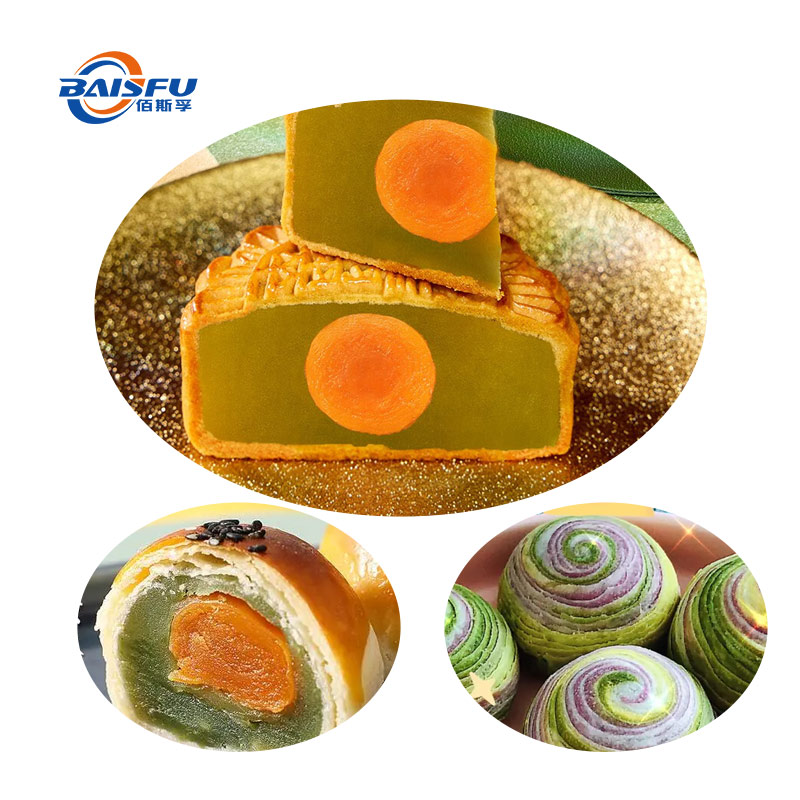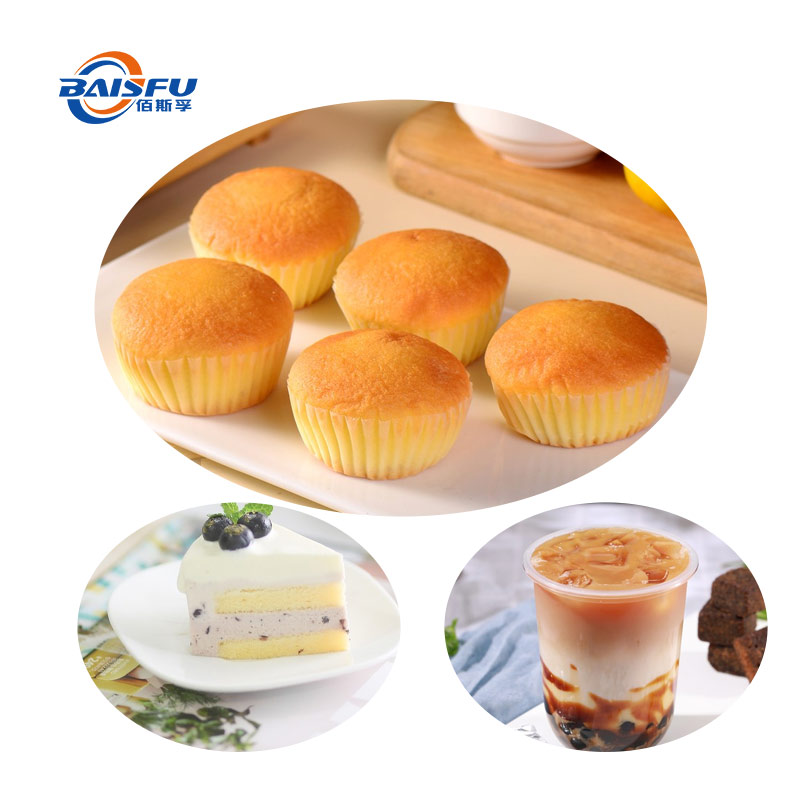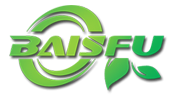What is Baking Flavoring?
Baking flavoring is a type of food additive specifically designed for baked goods. It simulates specific flavors through natural or artificial means and is used to enhance or supplement the aroma and taste of baked products such as cakes, bread, and biscuits.

Classify by source
1. Natural essence: Extracted from natural raw materials through physical or biological methods. Common types: vanilla extract, lemon essential oil, orange peel oil, coffee extract.
Artificial flavoring: Replicating natural flavor molecules through chemical synthesis.
2. Classification by form
Liquid essence: The most common, it is easy to mix with batter or liquid ingredients (such as vanilla extract, almond essence).
Powder flavoring: It has stronger heat resistance and is suitable for high-temperature baking (such as cocoa powder, matcha powder compound flavoring).
Paste-like flavoring: Concentrated type, often used in chocolate or filling products (such as caramel sauce flavoring).

Selection and application skills of baking flavoring
1. Heat resistance: Choose flavorings labeled “Special for Baking” to prevent evaporation and failure at high temperatures.
2. Addition ratio: Usually 0.1%-1% of the total formula. Excessive addition may cause a chemical aftertaste.
3. Flavor pairing: For acidic batter (such as lemon cake), acid-resistant flavoring should be selected. Rich flavors such as chocolate or coffee can be paired with the aroma of nuts or wine to enhance the layers.
4. Natural vs. Synthetic: Natural flavorings are suitable for low-temperature short-time baking (such as cheesecake); Synthetic flavorings are more suitable for high-temperature and long-term baking (such as bread).

